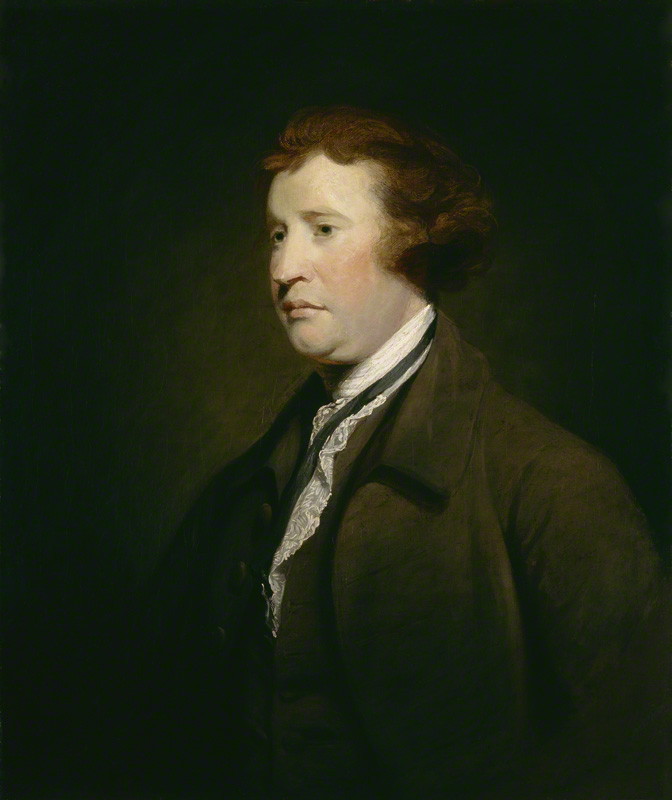
We discussed auditions (feel free to browse back through end of June). Now lets talk about some actor-on-set basics for you newbies out there.
You show up for your big moment on the set for the scene you're in. You look around and are surprised by how many people are actually surrounding you. And suddenly you can feel every single eye on the back of your neck. You close your eyes and try to make them all go away-- it's what the acting coach said to do. Deep breath. You let the mantra roll out of who you are. You're inturrupted by the AD screaming for actors to get in there.
There is the "set." The Director waits and nods to you and the other actors in the scene. The lead actor immediately interrupts the Director as he begins to block the scene (blocking means movement of the actors). He asks wouldn't it better to do it this way? The Director grinds his teeth for a moment, then nods. Sure, why not. So now you're thinking, I can offer my suggestions too?
I wouldn't do it. Whatever the Director says, do it. If you need clarifying, ask. If you're feeling insecure, just remember the Director probably saw tens of people and picked you. So don't ask questions that are really a pathetic search for affirmation.
So you nod to the fellow actors. You just saw them back at base camp and even ran lines a few times. You're starting to feel the flow when you're pulled out of it. Director's calling for a rehearsal. You haven't even really been in the makeup chair. Is it really about to be shot?
The Director seems more focused on the movements of the actors and cameras. He didn't really pay attention to the performance. As a matter of fact, the lead was really flat. Even crazy in the delivery. Is this how he's going to do it? How do I play off that?
No worries, the AD is sending us back to base camp now. The lighting department saw the movement and is now taking some time to light it. We have some time to run lines and get final looks from makeup and wardrobe. THEN it will be showtime.





